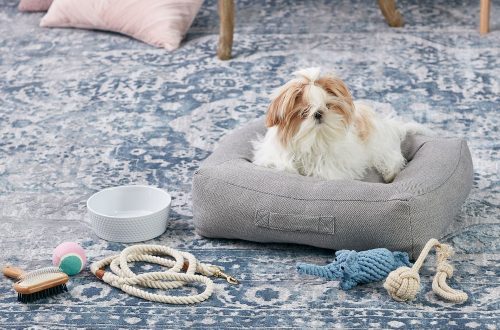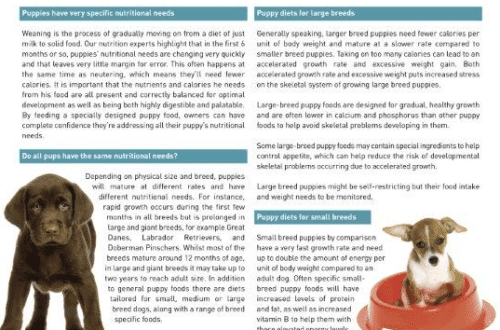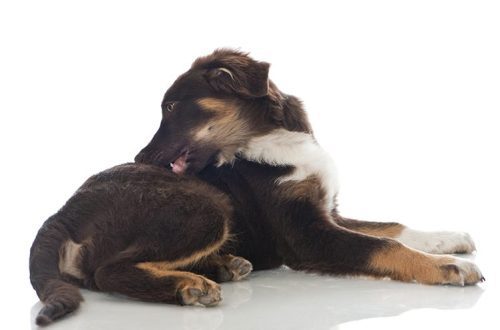
Can the feed differ from batch to batch?
In specialized forums, the question is often discussed, can dry food for cats and dogs differ from batch to batch? Imagine the situation: you have purchased a new package of food of the same line and from the same manufacturer as before, but the granules differ from the previous ones in size, shape, color and even smell. Is it fake? Let’s talk about this in our article.
This situation is easy to consider on the example of … potatoes. Think industrial chips or whole potatoes in fast food restaurants. They are perfectly even, smooth, large and absolutely identical. And what does your harvest look like from the dacha? In nature, nothing is the same, and here’s a reason for you to think!
Ideal proportions and 100% identity in the feed industry are achieved through the use of artificial additives. How do they work?
Synthetic additives have no nutritional value and are used to bring feed to a uniform standard. They allow you to keep the same color, size, shape of granules regardless of the batch and ensure product recognition.
Unfortunately, not all of them are safe for the health of the animal. For example, caramel coloring contains methylimidazole, a component that is carcinogenic to animals. The artificial preservatives ethoxyquin and butylated hydroxyanisole are toxic to cats and dogs, and technological additives hydrocolloids can lead to pro-inflammatory processes in the gastrointestinal tract. However, many pet food manufacturers still use them in production.

Feed of the same line from the same manufacturer may differ from batch to batch. This is by no means a fake, but a consequence of the naturalness of the composition.
Responsible natural feed producers are refusing processing aids to give pellets identity. They have their own technologies that ensure the uniformity of the feed, but the emphasis is not primarily on the appearance of the pellets, but on their quality.
So, without the use of artificial dyes, preservatives and other additives, the color of the feed primarily depends on the color of its components (meat, cereals, vegetables, etc.), which is always different in nature. In addition, natural food is subject to natural organoleptic changes, which also affect the color saturation. That is why both the color and shape of the granules may differ depending on the batch. Does it affect quality?
No and no again. The best natural products are used to produce high quality feed. And good manufacturers tend to guarantee high nutritional profiles in every batch.
Studying the composition of natural food, you can stumble upon preservatives. However, do not confuse them with synthetic additives. Preservatives derived from natural sources may be used in these foods, such as a natural mixture of tocopherol and rosemary extract (as in Monge dry diets). They are needed to preserve the nutritional properties of the product for a long time, and are completely safe for pets.
Have you noticed any differences between the parties?





